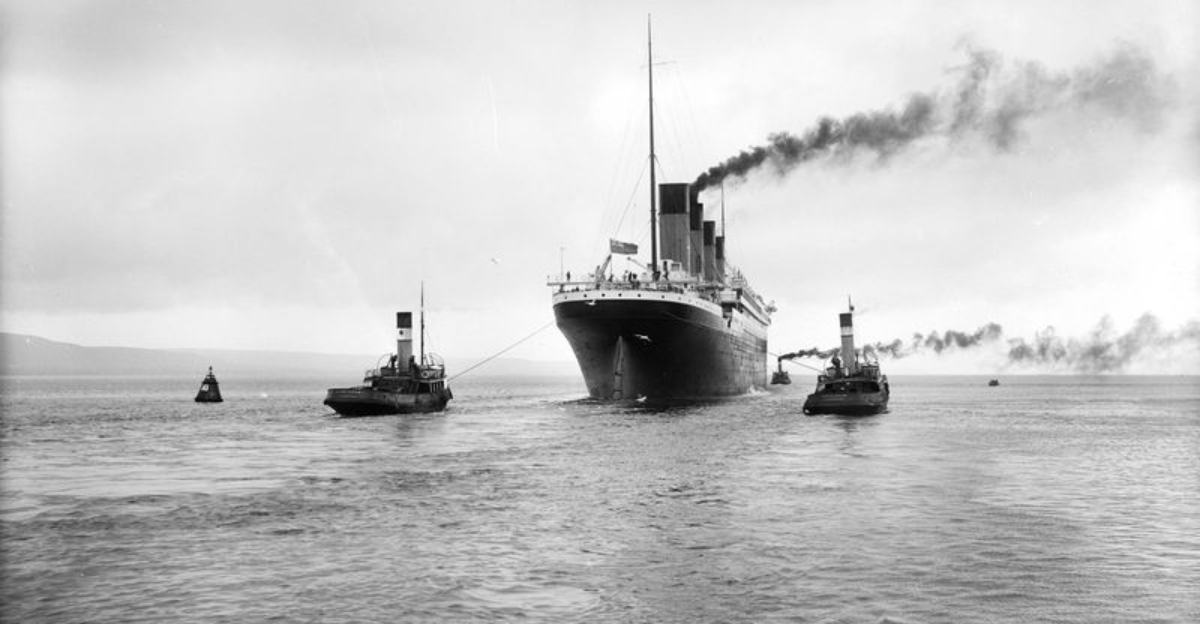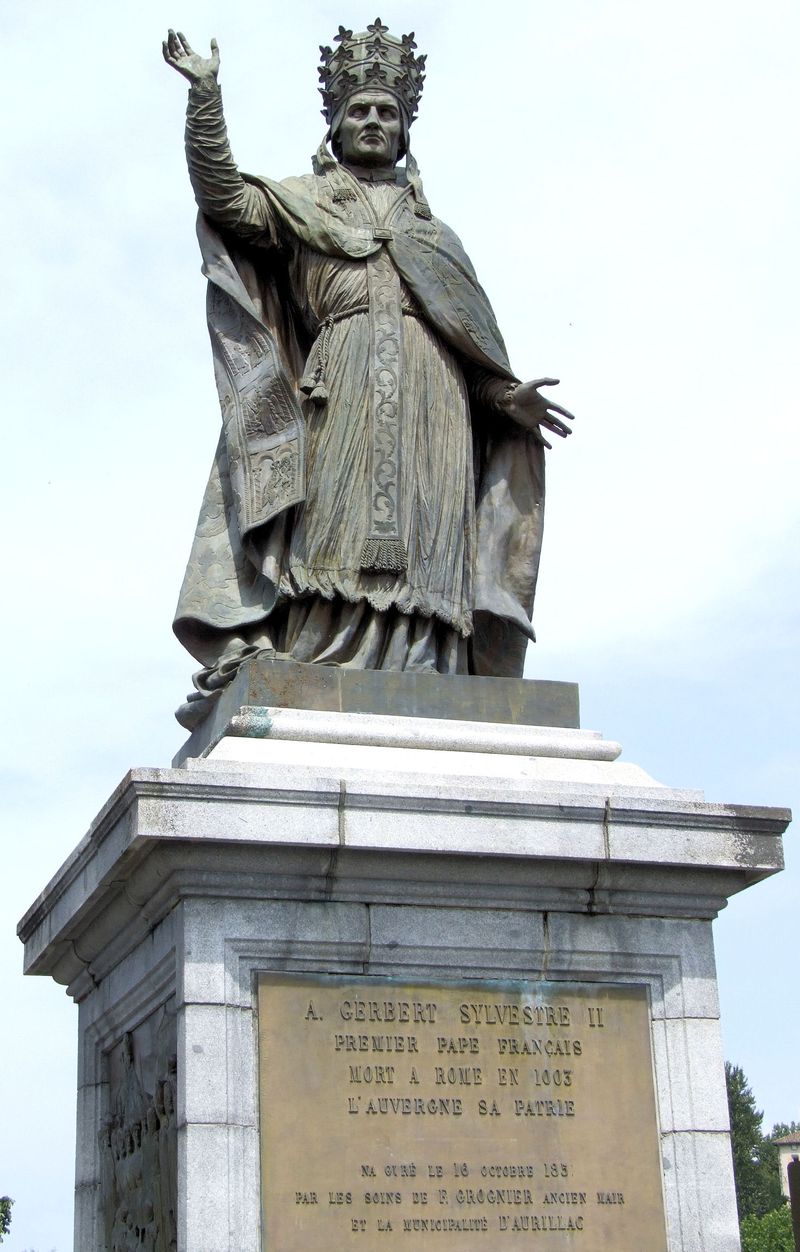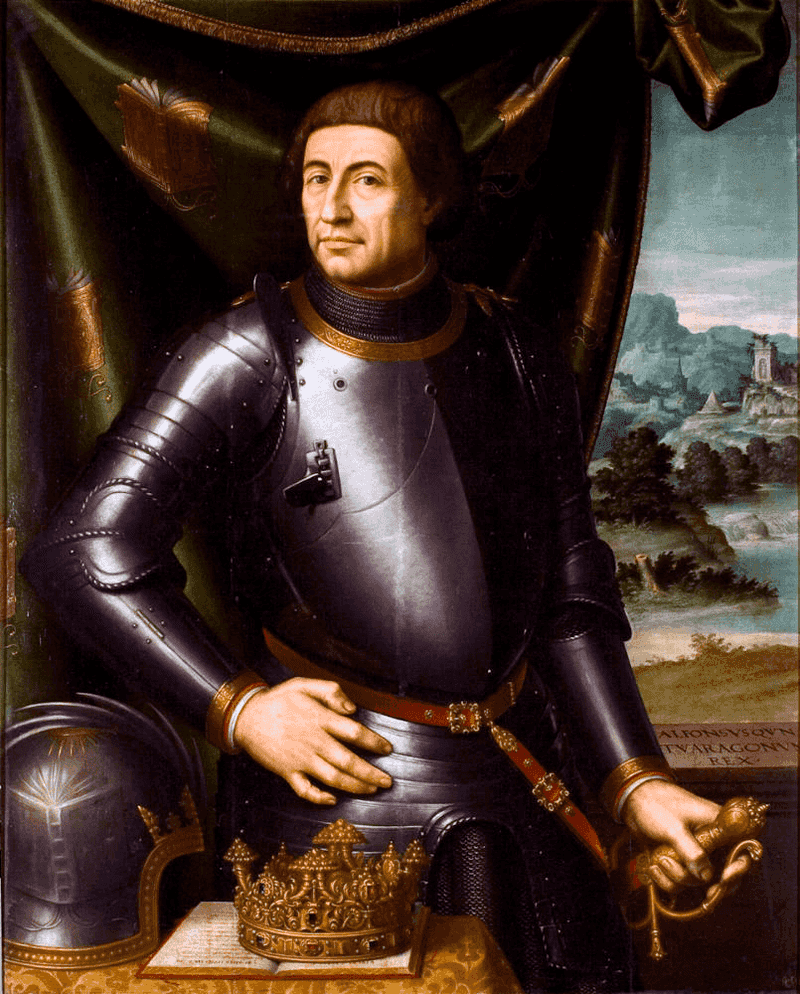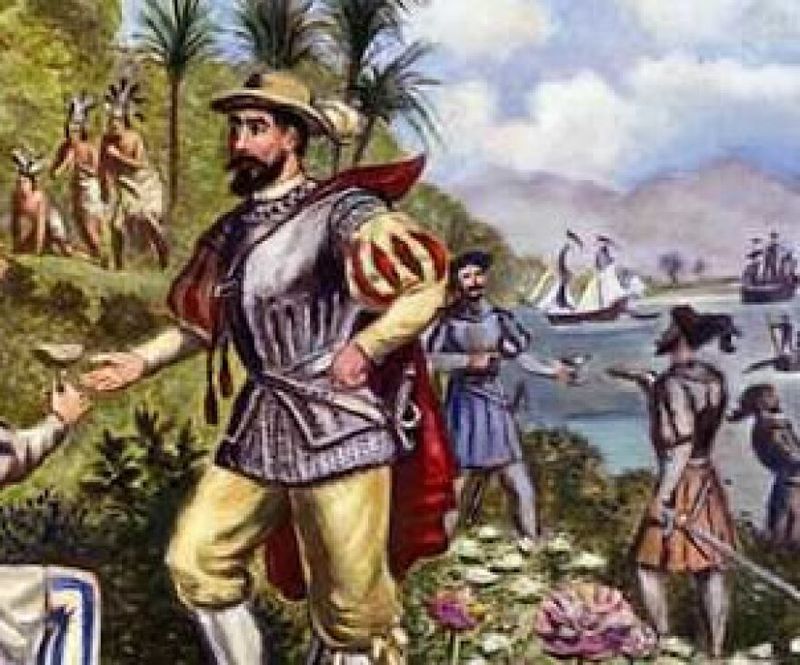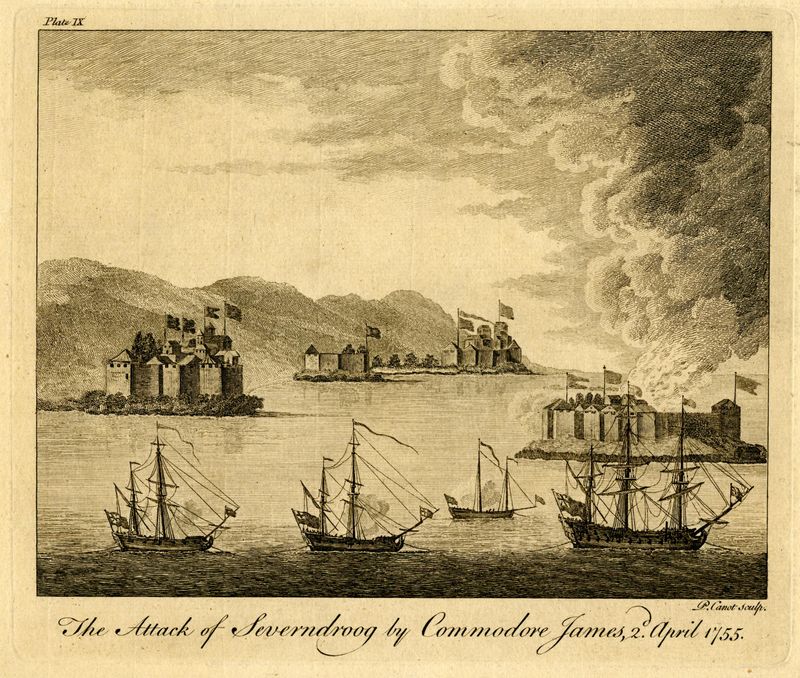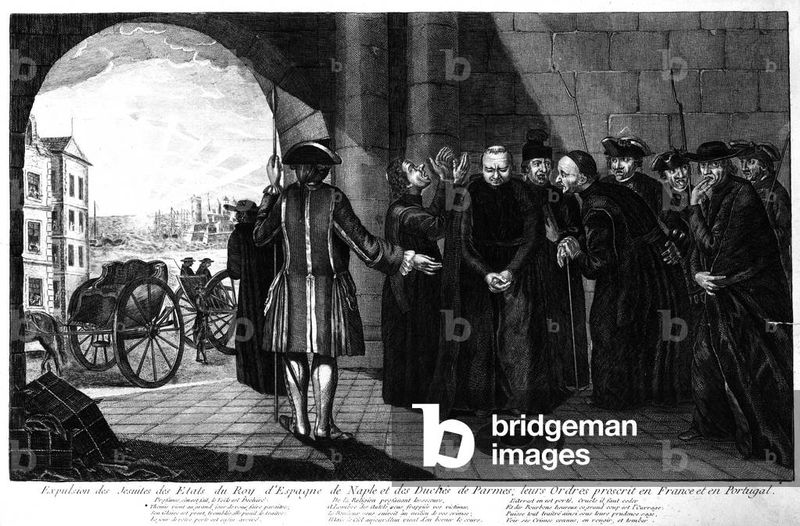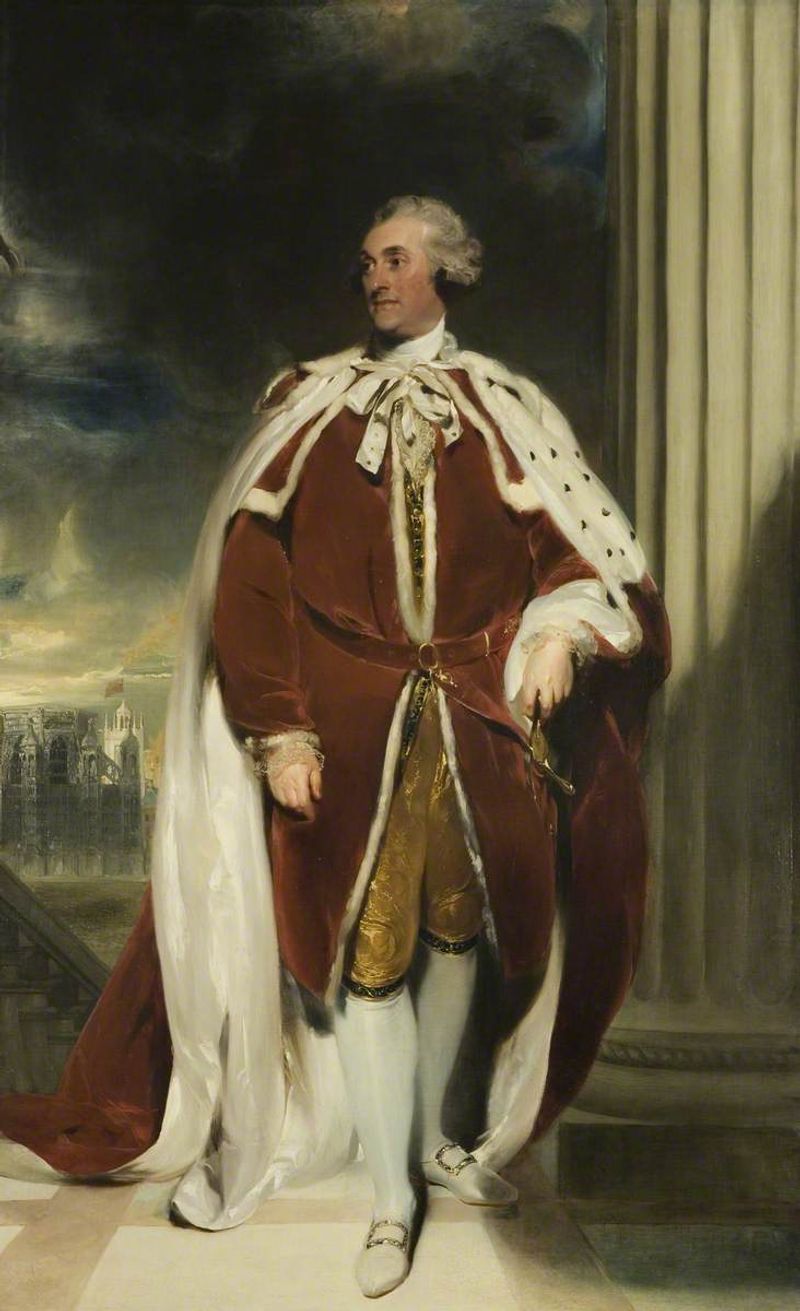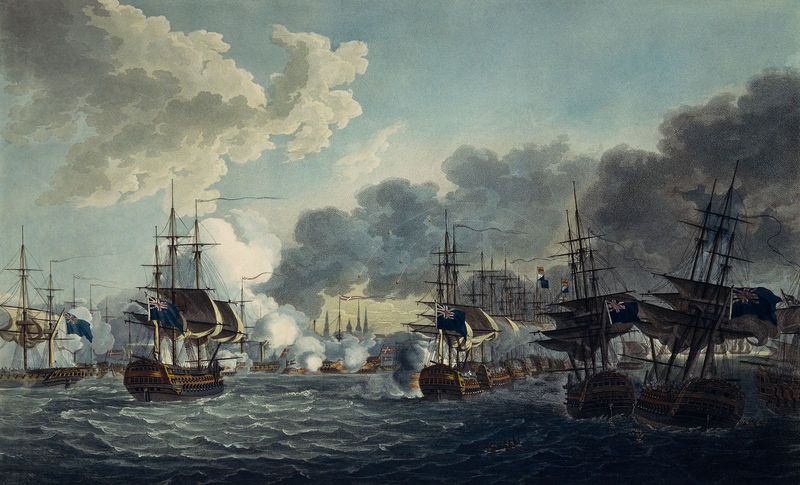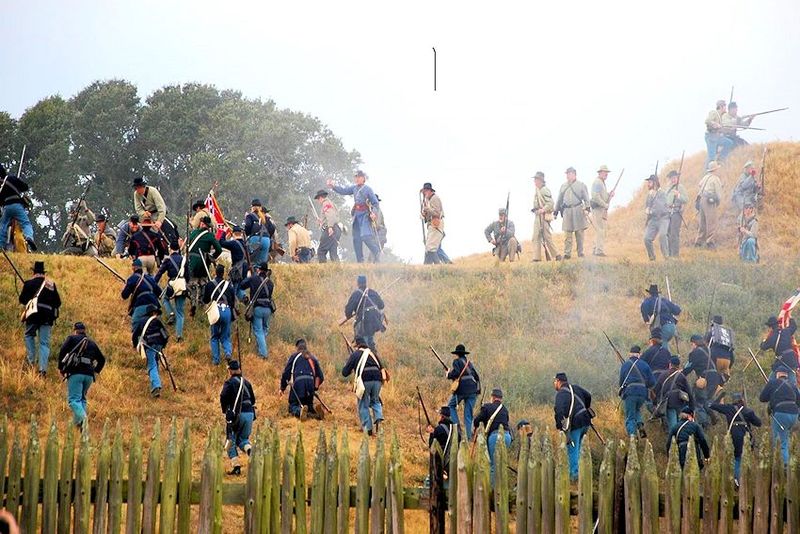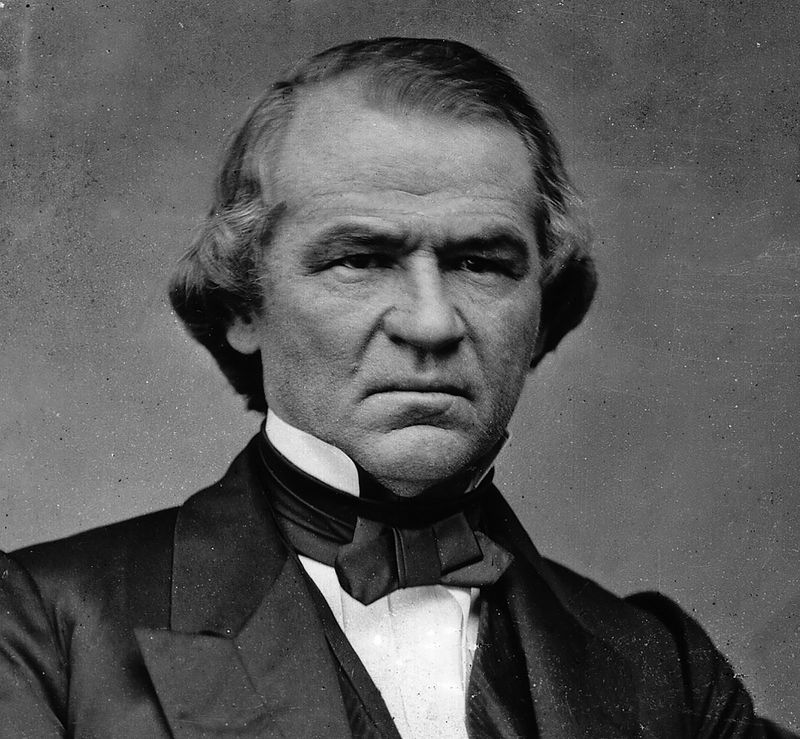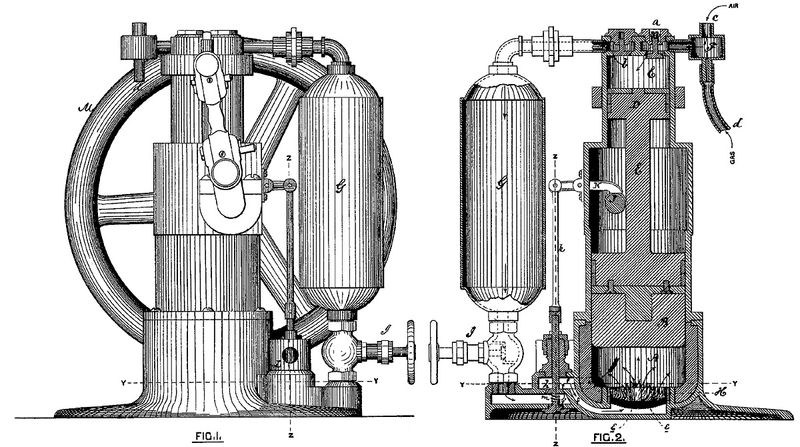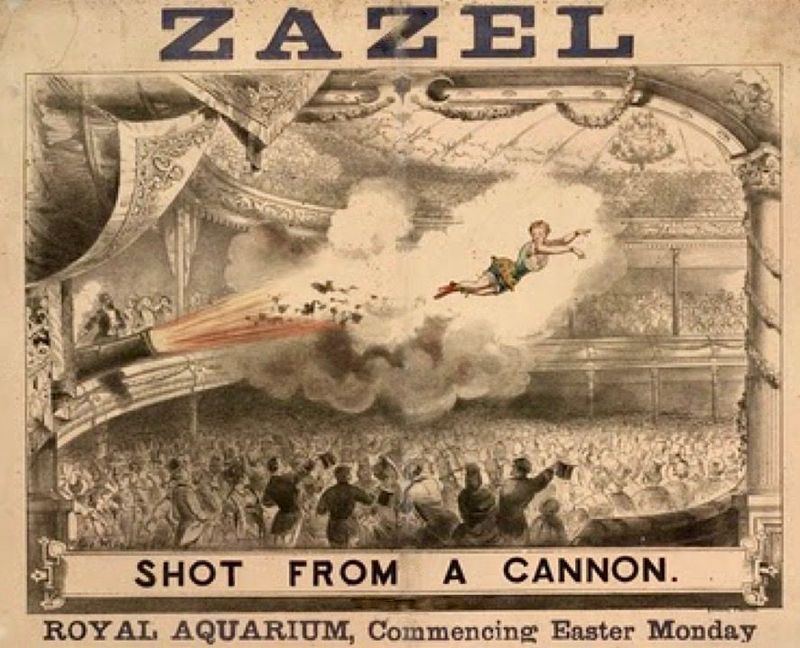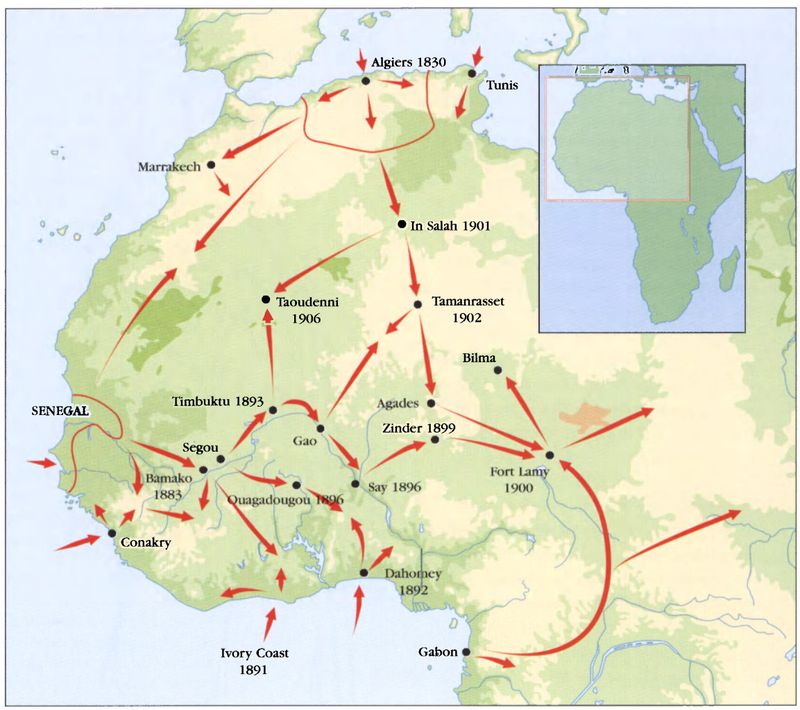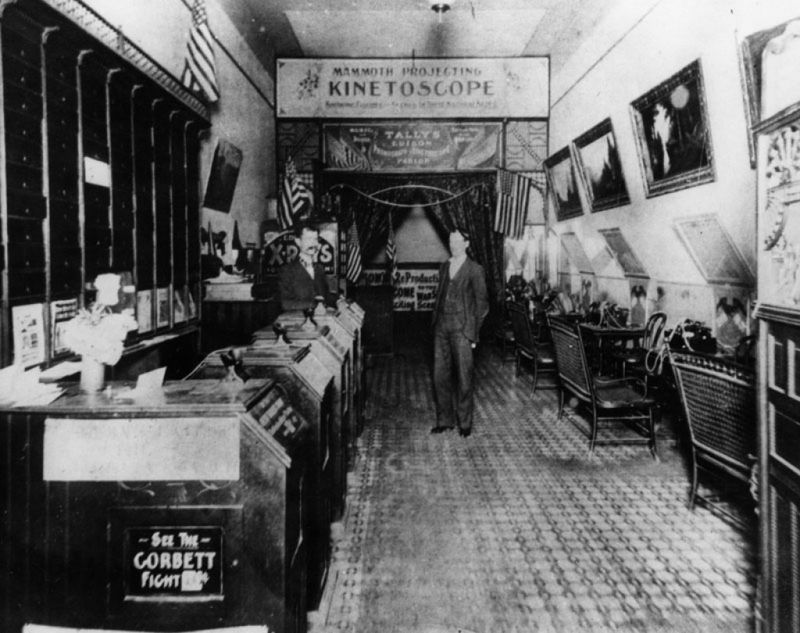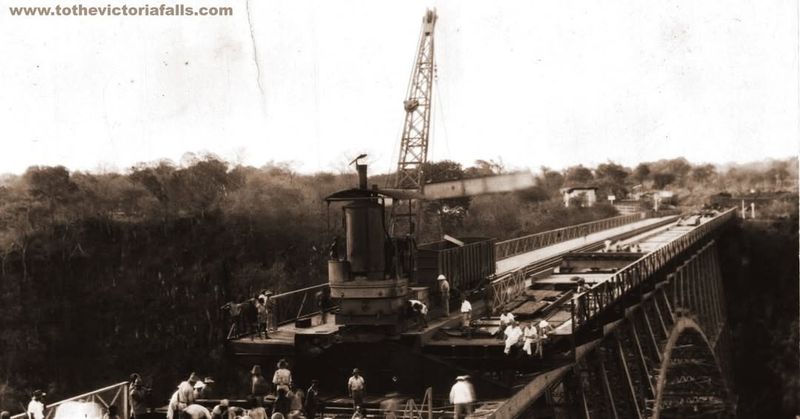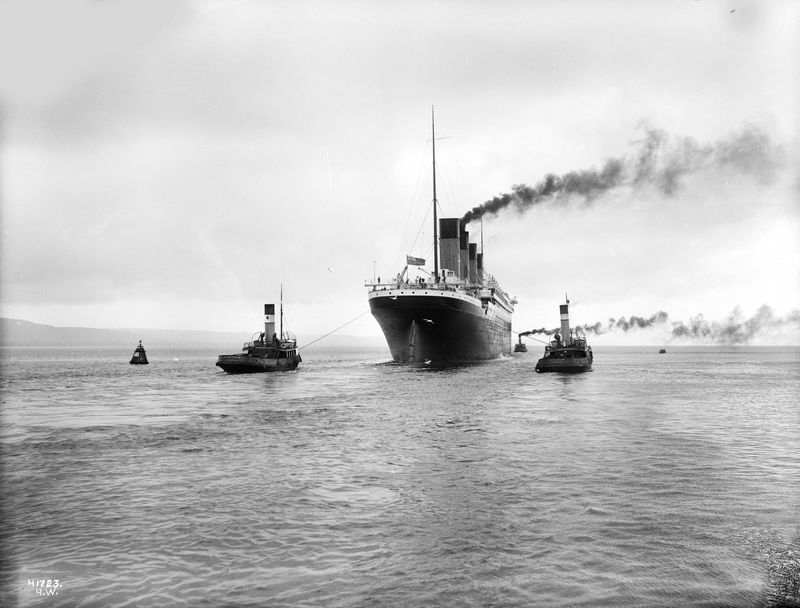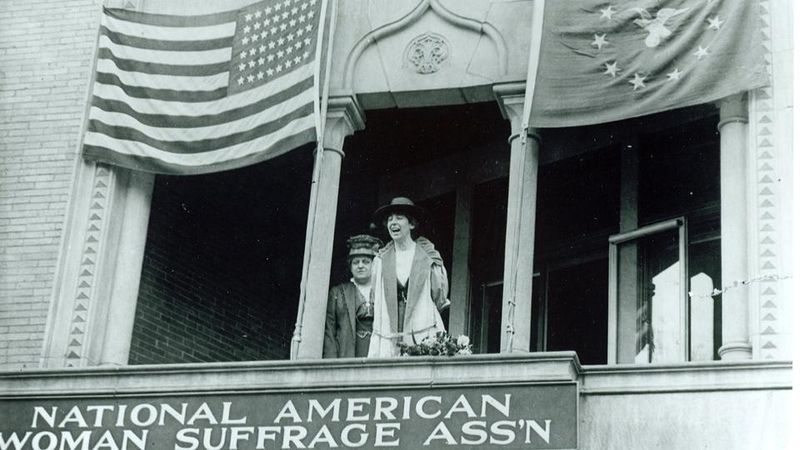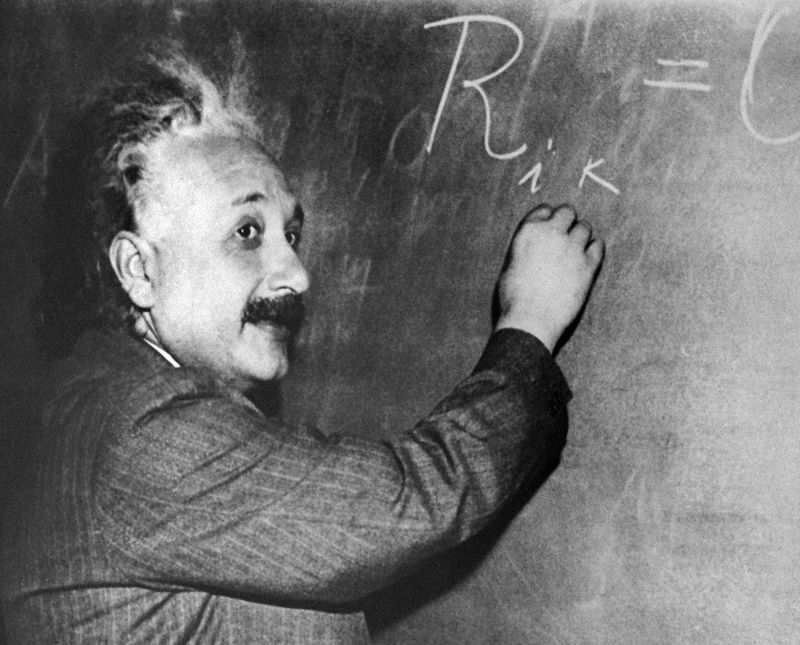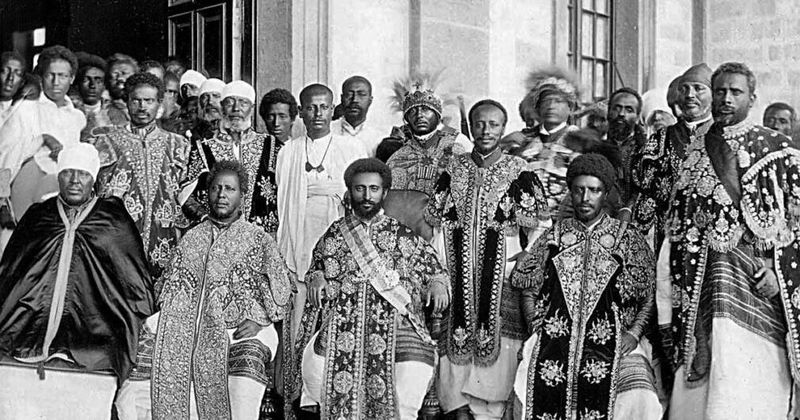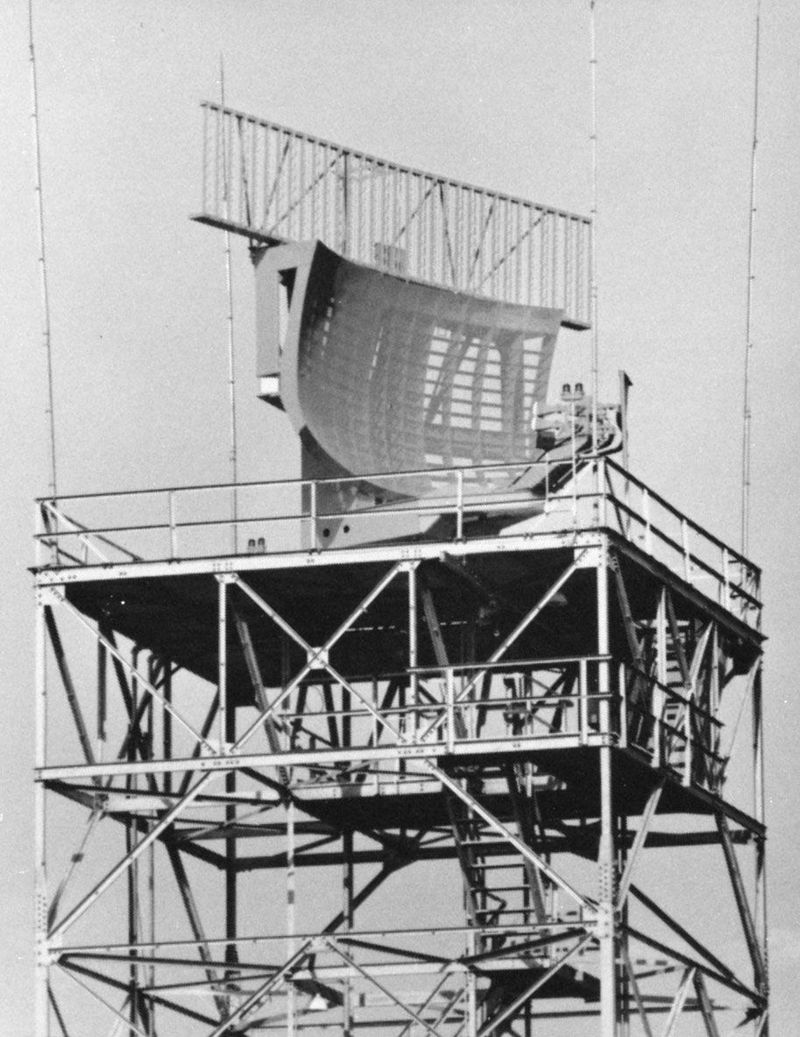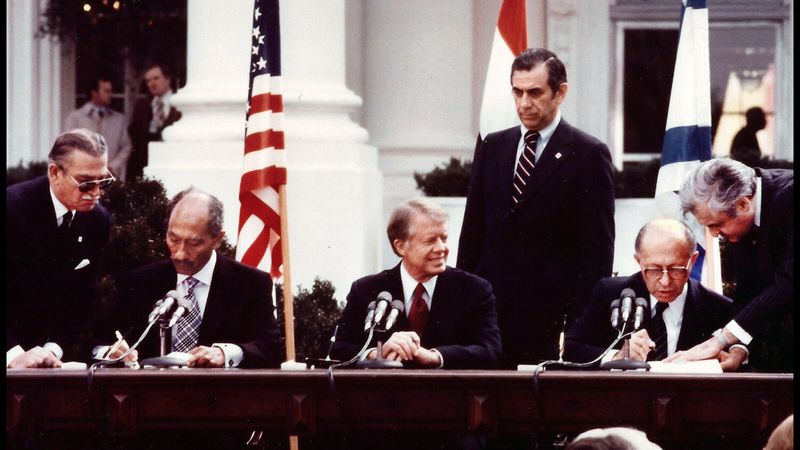April 2 has been a significant date throughout history, marking key events across various fields and regions. From religious milestones to scientific breakthroughs, each moment contributes uniquely to the tapestry of our past.
This blog post explores 28 notable events that occurred on April 2, providing a glimpse into different aspects of human history.
Join us in discovering these fascinating moments that range from political shifts to cultural landmarks and technological advancements.
1. 999 – Gerbert of Aurillac is elected as Pope Sylvester II, the first French Pope.
On April 2, 999, Gerbert of Aurillac ascended to the papacy as Pope Sylvester II, becoming the first French Pope. Renowned for his scholarship, he played a pivotal role in the intellectual revival of Europe during the Middle Ages.
His election marked a shift in the papal lineage, introducing French influence to the Vatican’s leadership.
Known for his knowledge in mathematics and astronomy, Sylvester II was a pioneer in introducing the abacus to Europe, significantly impacting educational practices.
His papacy is remembered for bridging ancient knowledge with medieval European thought, leaving a lasting legacy on religious and academic circles.
2. 1416 – Alfonso V succeeds his father as King of Aragon.
On April 2, 1416, Alfonso V succeeded his father, Ferdinand I, as the King of Aragon. He was known for his ambitious nature and military prowess, which led to significant territorial expansions.
Alfonso’s reign was characterized by his efforts to consolidate power in the Mediterranean, especially in Naples. His leadership style was marked by a blend of diplomacy and warfare, reflecting the complex political landscape of the time.
Alfonso V’s accession to the throne was not only a personal milestone but also a pivotal moment for the Aragonese Crown, setting the stage for future dynastic endeavors in Europe.
3. 1513 – Juan Ponce de León claims Florida for Spain as the first known European to reach it.
On April 2, 1513, Juan Ponce de León made history by claiming Florida for Spain, becoming the first known European to set foot in this region. His journey marked the beginning of European exploration in North America.
Fueled by tales of the mythical Fountain of Youth, Ponce de León’s expedition was significant for its navigational achievements. The lush landscape of Florida presented both opportunities and challenges, influencing the course of Spanish colonization.
This event also underscored Spain’s growing interest in the New World, paving the way for further exploration and territorial claims in North America.
4. 1755 – Commodore William James captures the pirate fortress of Suvarnadurg on India’s west coast.
April 2, 1755, saw Commodore William James capture the notorious pirate fortress of Suvarnadurg on India’s west coast. This significant military achievement crippled pirate activities in the region, ensuring safer maritime routes for trade.
The fortress, once a stronghold for pirates, came under British control after a strategic naval assault. James’s success demonstrated the growing maritime capabilities of the British Empire.
His victory not only secured commercial interests but also expanded British influence in India. The fall of Suvarnadurg paved the way for further British expansion, marking a turning point in colonial history on the subcontinent.
5. 1767 – King Charles III of Spain orders the expulsion of Jesuits from the Spanish Empire.
On April 2, 1767, King Charles III of Spain issued a decree expelling the Jesuits from the Spanish Empire, a decision that had profound implications for Spanish society.
The order was part of a broader European trend of suppressing Jesuit influence due to their political power and educational roles. The expulsion reflected the growing tensions between religious orders and state authorities.
Charles III’s decision disrupted education and missionary activities, as Jesuits were prominent educators and missionaries.
This move reshaped the religious and educational landscape, illustrating the complex interplay between religion and politics in 18th-century Europe.
6. 1783 – William Cavendish-Bentinck becomes Prime Minister of Great Britain.
On April 2, 1783, William Cavendish-Bentinck assumed the role of Prime Minister of Great Britain, marking the beginning of a significant political career.
Known for his moderate reformist stance, he navigated the complexities of British politics during a time of change. His leadership involved addressing economic challenges and fostering political stability.
As Prime Minister, Cavendish-Bentinck emphasized the importance of parliamentary processes and governance.
Though his tenure was brief, his impact on British political culture was notable, contributing to the evolving nature of British democracy. His appointment reflected the shifting dynamics of power within the British government.
7. 1800 – The first performance of Beethoven’s Symphony No. 1 in C takes place in Vienna.
April 2, 1800, marked a momentous occasion in music history with the first performance of Beethoven’s Symphony No. 1 in C in Vienna.
This debut introduced audiences to Beethoven’s innovative approach to classical music, blending tradition with bold new ideas. The symphony showcased his mastery in orchestration, setting the stage for future musical explorations.
The performance was well-received, establishing Beethoven as a formidable composer in the European music scene.
This event highlighted Vienna’s cultural vibrancy at the time, as it served as a hub for musical experimentation and appreciation, influencing generations of composers and musicians.
8. 1801 – The British Royal Navy, under Horatio Nelson, defeats Denmark at the Battle of Copenhagen.
On April 2, 1801, Admiral Horatio Nelson led the British Royal Navy to victory against Denmark at the Battle of Copenhagen. This naval confrontation was part of the broader Napoleonic Wars, highlighting the strategic importance of naval power.
Nelson’s leadership and tactical brilliance played a crucial role in overcoming Danish defenses. The victory solidified Britain’s naval dominance, influencing European geopolitical dynamics.
This battle showcased the effectiveness of naval blockades and maritime strategy, contributing to the Royal Navy’s esteemed reputation. Nelson’s triumph at Copenhagen remains an iconic example of naval warfare during the Napoleonic era.
9. 1819 – The first successful U.S. agricultural journal, American Farmer, is published.
April 2, 1819, saw the publication of the first successful U.S. agricultural journal, American Farmer, marking a new era in agricultural communication.
This journal provided farmers with vital information on crop management, livestock care, and innovative farming techniques. It played a pivotal role in disseminating knowledge and fostering agricultural advancements across the country.
The American Farmer became a trusted resource for rural communities, enhancing productivity and sustainability.
This publication reflected the growing importance of agriculture in American society, contributing to the nation’s economic development and supporting the livelihoods of countless farmers.
10. 1827 – Joseph Dixon begins manufacturing lead pencils in Salem, Massachusetts.
On April 2, 1827, Joseph Dixon commenced the manufacturing of lead pencils in Salem, Massachusetts, revolutionizing writing tools. His innovation lay in combining graphite with clay, producing durable and efficient pencils.
This manufacturing advancement made pencils more accessible and affordable, benefiting education and communication. Dixon’s company grew rapidly, becoming a leading pencil manufacturer in the United States.
His contributions extended beyond pencils, as he also developed methods for producing other graphite-based products.
This milestone in pencil production not only enhanced daily writing practices but also underscored America’s burgeoning industrial capacity during the 19th century.
11. 1865 – Battle of Fort Blakely: The last major battle of the American Civil War.
April 2, 1865, witnessed the Battle of Fort Blakely, the last major engagement of the American Civil War. This battle, occurring nine days before the war’s conclusion, featured Union forces besieging Confederate defenses in Alabama.
The Union victory at Fort Blakely contributed to the eventual surrender of Confederate forces, signaling the war’s imminent end. This battle underscored the intense strategic calculations and human cost of the Civil War.
The fall of Fort Blakely exemplified the war’s final stages, highlighting the Union’s determination to restore national unity and laying the groundwork for Reconstruction.
12. 1866 – President Andrew Johnson officially declares the end of the Civil War in 11 Confederate states.
On April 2, 1866, President Andrew Johnson officially declared the end of the Civil War in 11 Confederate states, formalizing the Union’s victory. This declaration marked a crucial step in the nation’s healing process, as efforts shifted towards Reconstruction.
Johnson’s proclamation symbolized the unity and resilience of a nation emerging from conflict. The end of the Civil War ushered in a new era of challenges and opportunities, as the United States faced the task of rebuilding and integrating former Confederate states.
Johnson’s role was pivotal in navigating this complex transition, shaping the post-war American landscape.
13. 1872 – U.S. engineer George Brayton patents the internal combustion engine (Brayton Cycle).
April 2, 1872, marked a significant technological advancement as U.S. engineer George Brayton patented the internal combustion engine, known as the Brayton Cycle.
This invention laid the groundwork for modern engines, revolutionizing transportation and industry. Brayton’s engine utilized a continuous ignition process, offering improved efficiency and performance.
His work influenced future inventors and engineers, contributing to the development of automobiles and machinery.
The Brayton Cycle represents a pivotal moment in engineering history, as it transformed how energy was harnessed and utilized. This innovation underscored the era’s spirit of technological progress and industrial growth.
14. 1877 – 14-year-old Zazel becomes the first human cannonball performer in London.
On April 2, 1877, the daring 14-year-old acrobat, Zazel, became the first human cannonball performer in London. Her groundbreaking stunt captivated audiences and marked a new era of circus entertainment.
Zazel’s act involved being launched from a specially designed cannon, showcasing both bravery and precision. This performance was a testament to the Victorian era’s fascination with spectacle and innovation.
Zazel’s pioneering spirit paved the way for future performers, establishing the human cannonball as an iconic circus act. Her courage and skill continue to inspire entertainers, reflecting the enduring allure of daring feats and showmanship.
15. 1883 – French forces clash with West African armies at the Battle of Bamako.
April 2, 1883, saw French forces clashing with West African armies at the Battle of Bamako, as part of France’s colonial expansion in Africa. This confrontation highlighted the resistance of African societies to European encroachment.
The battle exemplified the complex dynamics of colonization, involving military, cultural, and economic interactions. The French victory at Bamako led to increased control over the region, impacting local governance and societies.
This event underscored the broader effects of colonialism, as it reshaped Africa’s political landscape and contributed to the formation of modern nation-states. The battle remains a symbol of resistance and adaptation.
16. 1902 – The “Electric Theatre”, the first full-time movie theater in the U.S., opens in Los Angeles.
On April 2, 1902, the “Electric Theatre” opened in Los Angeles, becoming the first full-time movie theater in the United States. This pioneering establishment offered a new form of entertainment, showcasing silent films to eager audiences.
The Electric Theatre’s success marked the beginning of the American film industry’s rise, reflecting society’s growing fascination with cinema.
This venue’s opening was a testament to the evolving nature of entertainment, as movies transformed from novelties to mainstream cultural phenomena.
The Electric Theatre set the stage for Hollywood’s emergence as the global center of filmmaking, influencing generations of cinema enthusiasts.
17. 1905 – The Cairo–Cape Town railway officially opens.
April 2, 1905, marked the official opening of the Cairo–Cape Town railway, a monumental feat of engineering spanning the African continent. This railway connected North and South Africa, facilitating transportation and trade.
The project was a symbol of colonial ambition, reflecting the desire to unify African territories under European control.
The railway’s completion underscored the transformative impact of infrastructure development on regional economies and societies.
It opened new opportunities for commerce and communication, altering the dynamics of travel and trade in Africa. The Cairo–Cape Town railway remains a testament to human ingenuity and the complexities of colonial history.
18. 1912 – RMS Titanic undergoes sea trials before its maiden voyage.
On April 2, 1912, the RMS Titanic undertook sea trials, a crucial step before its ill-fated maiden voyage. These tests assessed the ship’s performance, including speed and maneuverability, to ensure readiness for transatlantic travel.
The Titanic represented the pinnacle of maritime engineering, boasting advanced technology and luxury accommodations. The sea trials, conducted in calm waters, affirmed the ship’s capabilities, instilling confidence in its design.
However, this anticipation was overshadowed by the tragedy that followed. The Titanic’s story continues to resonate, serving as a reminder of human ambition and fallibility in the pursuit of progress and innovation.
19. 1917 – Jeannette Rankin takes office as the first woman in the U.S. House of Representatives.
April 2, 1917, marked a historic milestone as Jeannette Rankin took office as the first woman in the U.S. House of Representatives. Her election symbolized a breakthrough for women’s rights and political participation.
Rankin, a dedicated suffragist and activist, leveraged her position to advocate for peace and social reform. Her presence in Congress challenged traditional gender roles, paving the way for future generations of female leaders.
Rankin’s tenure highlighted the evolving landscape of American politics, as women’s voices gained representation in legislative processes. Her legacy endures as a testament to perseverance and advocacy for equality.
20. 1921 – Albert Einstein lectures in New York City on his new Theory of Relativity.
On April 2, 1921, Albert Einstein delivered a lecture in New York City, presenting his revolutionary Theory of Relativity.
This event marked a pivotal moment in the dissemination of scientific knowledge, as Einstein’s ideas captivated the public imagination. His lecture explained complex concepts with clarity, fostering a greater understanding of physics.
Einstein’s visit to the United States underscored his role as a global scientific ambassador, bridging intellectual communities.
The Theory of Relativity not only transformed physics but also influenced philosophical and cultural perspectives, illustrating the impact of scientific innovation on human thought and society.
21. 1930 – Ras Tafari Makonnen is proclaimed Emperor Haile Selassie I of Ethiopia.
April 2, 1930, saw Ras Tafari Makonnen’s proclamation as Emperor Haile Selassie I of Ethiopia, a transformative moment in Ethiopian history.
His coronation marked the beginning of a progressive reign focused on modernization and international diplomacy. Haile Selassie’s leadership emphasized education, infrastructure development, and governance reforms.
His influence extended beyond Ethiopia, as he played a prominent role in global affairs, advocating for African unity and independence.
Haile Selassie’s legacy endures as a symbol of resilience and visionary leadership, inspiring movements for social justice and equality. His reign remains a cornerstone in the narrative of 20th-century Ethiopia.
22. 1932 – Tarzan the Ape Man, starring Johnny Weissmuller, is released.
On April 2, 1932, “Tarzan the Ape Man,” starring Johnny Weissmuller, premiered, captivating audiences with its adventurous portrayal of the jungle hero.
This film marked a significant moment in cinematic history, showcasing innovative special effects and thrilling action sequences. Weissmuller’s portrayal of Tarzan became iconic, establishing a lasting cultural legacy.
The film’s success reflected society’s fascination with adventure and exploration, resonating with audiences worldwide. It also contributed to the popularization of the Tarzan character, inspiring numerous adaptations in various media.
“Tarzan the Ape Man” remains a classic, highlighting the enduring appeal of heroic narratives.
23. 1935 – Robert Watson-Watt receives a British patent for the invention of RADAR.
April 2, 1935, marked a technological breakthrough as Robert Watson-Watt received a British patent for the invention of RADAR. This innovation revolutionized military and civilian applications by enabling the detection of distant objects using radio waves.
Watson-Watt’s development of RADAR provided crucial advantages in air defense, particularly during World War II. The technology’s impact extended to various fields, from aviation to meteorology, enhancing safety and efficiency.
RADAR’s invention underscored the transformative power of scientific research, shaping the trajectory of modern technology and warfare. Watson-Watt’s work exemplifies innovation’s role in addressing complex challenges.
24. 1966 – Soviet probe Luna 10 becomes the first spacecraft to orbit the Moon.
April 2, 1966, marked a milestone in space exploration as the Soviet probe Luna 10 became the first spacecraft to orbit the Moon. This achievement signified a major success in the Space Race, highlighting Soviet advancements in aerospace technology.
Luna 10’s mission provided valuable data on the Moon’s surface, contributing to scientific understanding of Earth’s natural satellite.
The probe’s successful orbit demonstrated the potential for future lunar exploration, shaping the trajectory of space missions.
Luna 10’s accomplishment underscored the importance of international scientific competition in driving innovation and expanding humanity’s reach beyond Earth.
25. 1979 – Israeli Prime Minister Begin meets President Anwar Sadat in Cairo.
On April 2, 1979, Israeli Prime Minister Menachem Begin met with Egyptian President Anwar Sadat in Cairo, continuing efforts towards peace in the Middle East.
This meeting followed the historic Camp David Accords, representing a critical step in normalizing relations between the two nations. Begin and Sadat’s dialogue focused on implementing peace agreements and fostering diplomatic cooperation.
Their collaboration symbolized a hopeful shift in regional dynamics, emphasizing dialogue and reconciliation.
This event highlighted the complexities of international diplomacy, demonstrating the potential for negotiation to transform longstanding conflicts. Their leadership set a precedent for future peace efforts in the region.
26. 1986 – A bomb explodes at TWA’s counter in Athens Airport, killing four U.S. passengers.
April 2, 1986, saw a tragic act of terrorism at Athens Airport, where a bomb exploded at TWA’s counter, resulting in the deaths of four U.S. passengers. This attack underscored the pervasive threat of international terrorism, impacting global travel security.
The incident highlighted vulnerabilities in airport safety measures, prompting reforms to enhance passenger protection. The Athens bombing was part of a broader pattern of terrorist activities targeting aviation, necessitating coordinated international responses.
This event served as a grim reminder of the complexities in securing transportation hubs, influencing policies aimed at preventing future attacks and safeguarding travelers.
27. 2001 – Roger Clemens becomes the American League’s all-time strikeout leader.
On April 2, 2001, Roger Clemens, a legendary pitcher, made history by becoming the American League’s all-time strikeout leader. This achievement underscored his exceptional talent and dedication to the sport.
Clemens, known for his powerful pitching and strategic acumen, set a new standard for baseball excellence. His record-breaking performance reflected years of hard work and perseverance, inspiring aspiring athletes.
Clemens’s career achievements contributed to his status as one of baseball’s greatest pitchers. This milestone celebrated not only his personal success but also the rich history and competitive spirit of Major League Baseball.
28. 2020 – The number of confirmed COVID-19 cases worldwide surpasses 1 million.
April 2, 2020, marked a somber milestone as the number of confirmed COVID-19 cases worldwide surpassed 1 million. This figure highlighted the rapid spread of the pandemic, affecting communities globally.
The unprecedented health crisis prompted urgent responses from governments, healthcare systems, and individuals. Efforts to curb the virus included lockdowns, social distancing, and accelerated vaccine development.
The pandemic underscored the interconnectedness of global health challenges, emphasizing the need for collaboration and resilience.
This event changed daily life, shaping public health strategies and sparking innovation in disease prevention and response as the world faced a new reality.
